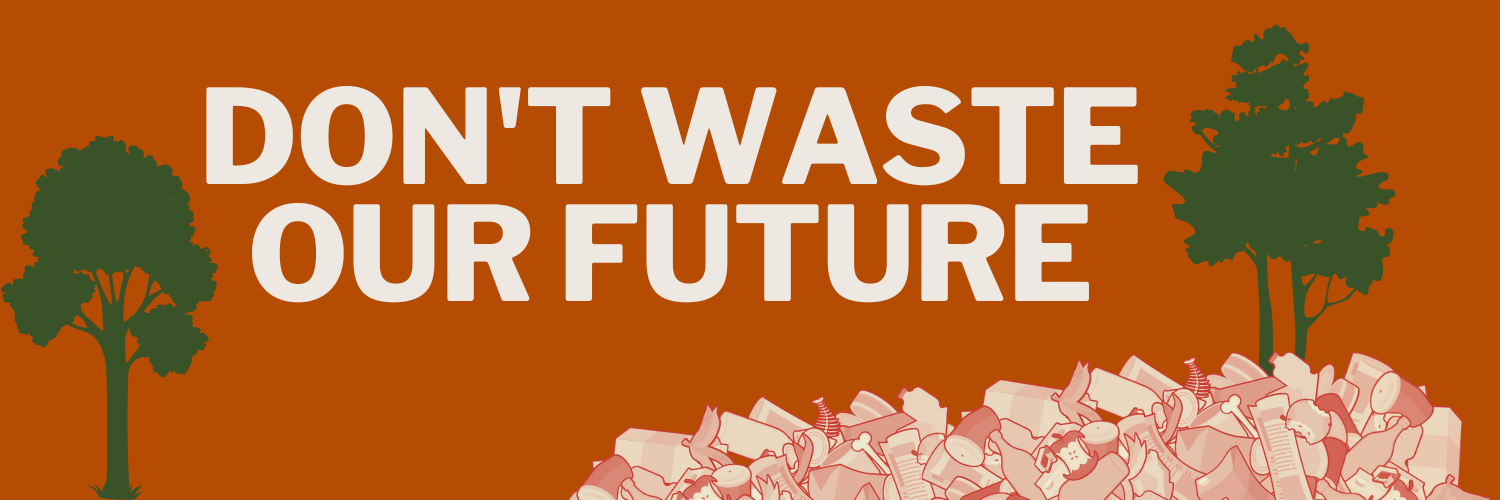Underreported issue alert
Landfills have larger detectable methane emissions than detectable emissions from oil and gas, energy, wastewater or dairy, says study
Methane is one of the most potent greenhouse gases:it’s short-lived, but has intense immediate impact, and warms more quickly than carbon dioxide. And it packs a punch: methane is over 80 times more powerful than carbon dioxide in the short term. So lowering methane emissions is one of the fastest ways to slow global warming.
Say you wanted to really focus on the largest point sources of methane emissions, to get the biggest bang for your buck. Like plugging leaks in a dike, you’d want to start with the biggest holes, figure out where they are, and act on them. That’s the same logic that EPA has applied to its proposed rules to limit methane emissions in the oil and gas sector.
Shockingly, recent research in California from the California Air Resources Board (CARB) found that when landfills have big methane plumes, they are, on average, very large: Much bigger than oil and gas wells, dairy, and energy industry sources. As this CARB graph shows, all of the sectors displayed had the majority of their detected emissions between 10–100kg an hour. Landfills are the sole exception: the majority of emissions are well above 100kg an hour, and many detected emissions are above 1,000kg an hour That’s 10–100 times bigger, on average.
Here’s the background: In December, the CARB held a public workshop to share results from research studies they funded to advance our understanding of how to better reduce landfill methane emissions. Dr. Jason Schroeder from CARB presented research findings on remote methane sensing, which means collecting methane emission measurements from far away (like a flight), allowing the instrument to cover large areas in a short amount of time. This technology can find large, localized sources of methane at one point in time, like a snapshot. Meaning, they can capture an event like a tear in the cover or a failure in the gas collection system. They overflew 270,000 facilities, multiple times over a multi-year period,like oil wells, compressor stations at natural gas storage facilities, dairy manure management, waste water treatment plants, and landfills. In the landfill sector, out of more than 400 landfills, they found about 30 landfills with observable plumes. Here’s an example of methane plumes detected by overflights over the same landfill over a period of a couple years:
So what can be done when a landfill has a large detectable methane plume? You can read about in my next blog post! Meanwhile, you can listen to the CARB workshop and download slides here.

